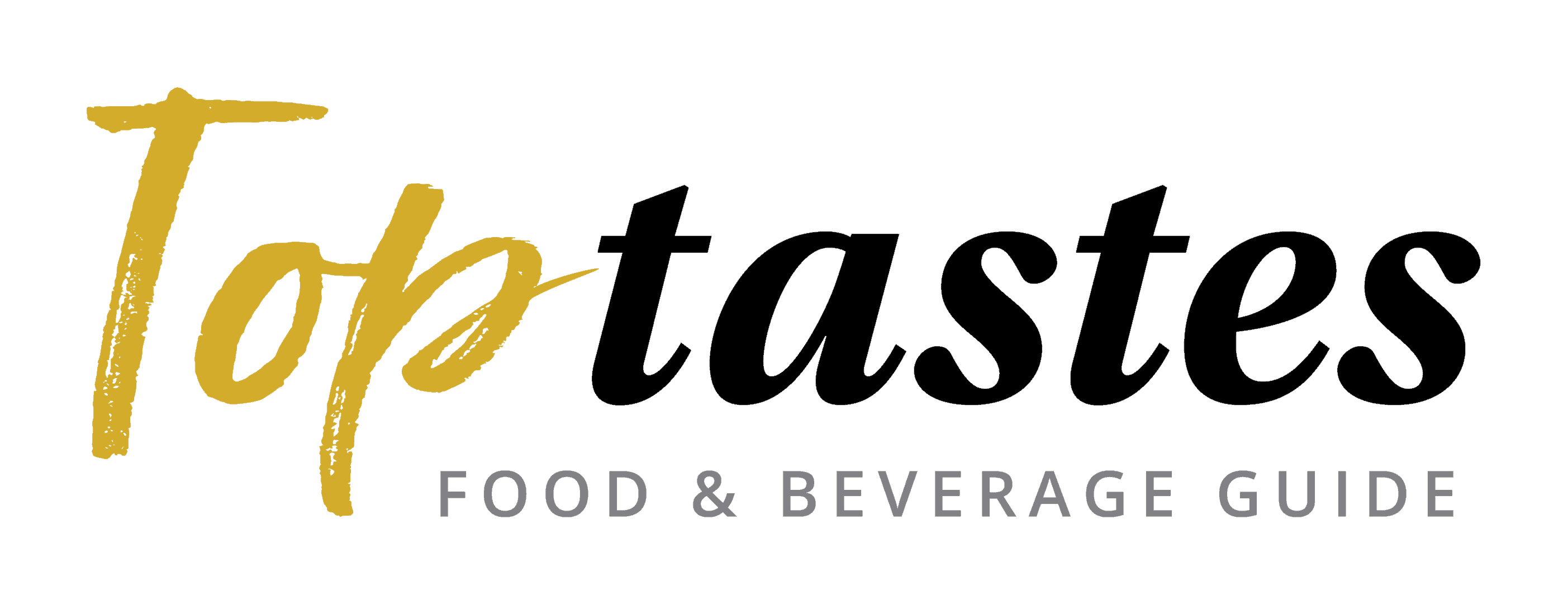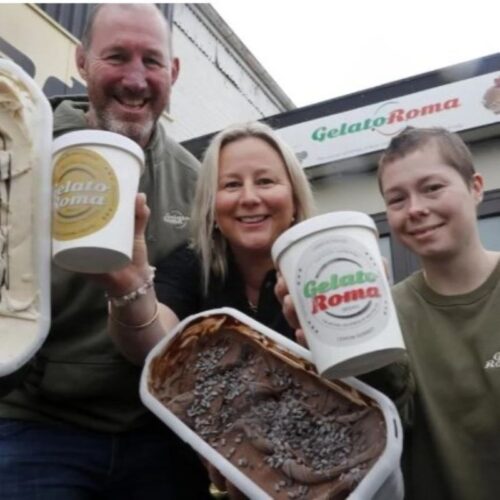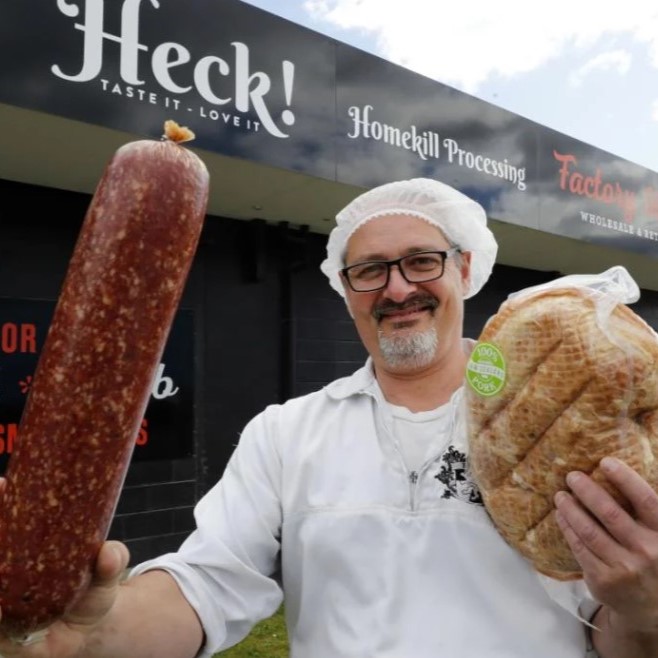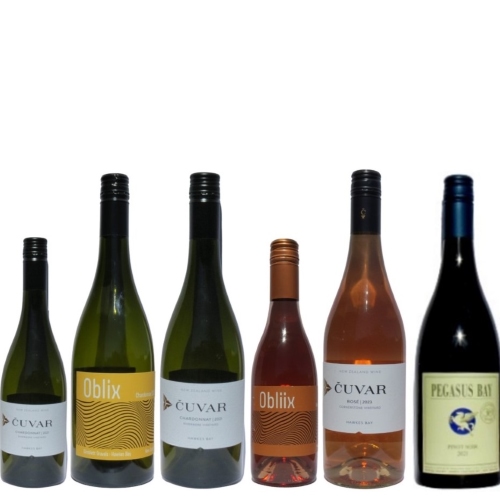The Grapes of Wrath: France's Great Wines Are Feeling the Heat – Pt 3 A Minor Miracle of Globalization
This article is part three of a series sourced and reproduced from Spiegel Online International and written by Ullrich Fichtner with the original article translated from German to English by Christopher Sultan. Thanks to Andreas Welte from Sustain-Ability/EcoGrape for bringing it to my attention. The series of three parts discusses the effects of climate change in France and the impact it is having on different regions including Bordeaux, the Rhone and Languedoc
In fact, the chaos isn’t necessarily good for her wine. Frère’s Cuvée “Scarabée” is a dry, unsettled wine, but she doesn’t aim to win any awards. She wants to tell a story, a story that plays well at a time when organic and biodynamic wines are also in demand in France.
Frère has joined forces with a few other vintners in the region who use similar methods on their parcels. They help each other out with workers and equipment and they also jointly market their product worldwide. Isabelle Frère, who only wanted to live a sustainable life, has completed a minor, ironic miracle of globalization, because she now sells most of her wine to Japan. “Bizarre, isn’t it?” she says, laughs and pours herself some more cold, white wine.
Winegrowers in the region who use conventional methods have not gained access to such markets. During the last few weeks of the big picking season, they could be seen driving small tractors, on their way to the cooperatives, which try to upgrade their very mediocre wines with clever slogans or add pineapple, orange and other fruit flavors and sell them to French supermarket chains as trendy summer beverages.
Otherwise, many winegrowers in the region depend heavily on customers passing through during the summer vacation period, when tourists at nearby camping sites buy 10-liter boxes of rosé to wash down their barbequed food. Many aspects of the Perpignan region feel like the dregs of French wine culture. Winegrowers are now producing Cuvées with a 15-percent alcohol content, wines that in a blind taste test could be mistaken for a chilled version of German mulled wine. But even the best vintners are at a loss over how to produce decent wine in the harsher climate in the south of France.
The New Climate
It’s the last day of harvest for Isabelle Frère. She and five helpers are working in a patch of Mourvèdre. The pickers are dashing, carefree characters with dreadlocks, tattoos and a lot of metal in their ears and noses. The day is hot to begin with, with a white sun and milky clouds streaked across the sky. Dark clouds gather at around 4 p.m., and it starts raining half an hour later. It starts to hail at 4:50, as chickpea-sized balls of ice hammer down on the fields, the grapes and the pickers.
Frère, wearing a turban around her head, gathers up the last of her grapes, round, bluish-black berries, and flees. She and her pickers squeeze into a white van, between stacks of crates. The weather forces them to stop working, and they drive back to the house in a thunderstorm. When they arrive, they remain in the van for a while, where they start eating, smoking and drinking, wondering whether today’s weather was another coincidence or a taste of things to come. And whether what they see outside is just bad weather or a new climate. But they know the answer already. It’s no longer just the weather. In southern France, it’s the new climate.
The most unsettling thing of all is that climate change is no longer abstract, but something palpable — not just in the deep south, but in the Rhône Valley, in the Alsace region, and eventually in Bordeaux, in the Loire Valley and in the Champagne.
The new climate will have a smell and a taste, when festivals are held and bottles are uncorked. When white Burgundy wines begin losing their distinctiveness. When the aromatic Sancerre from the Loire Valley becomes broad and crude. When it gets too warm for Riesling, Pinot Noir and Grenache, and France’s wines gradually lose their freshness. When they no longer taste of “terroir” but of the New World, of California, Tasmania and Chile. When they just get you drunk quickly without much pleasure. That’s when a different, more impoverished time will begin.
A great, rich period will come to an end then, perhaps as soon as 2050, which isn’t far away, or perhaps later, in 2100. Perhaps people will no longer get to know the great names, because it will no longer be necessary. Because Château Pétrus, Cheval Blanc and Yquem will no longer be part of the world’s cultural heritage — nor will Hospices de Beaune, Romanée-Conti and Domaine Leroy.
They will be names that once represented individual worlds, worlds almost painted in oils: the Loire and the Rhône, Burgundy, Bordelais and Champagne. Appellations like the lines of a poem: Médoc, Pomerol, Pauillac, Meursault, Chablis, Hermitage, Pommard. Forgotten. Consumed. Finished.
]]>


